Microsoft designs deceptively simple ways to make its tech more accessible
The Microsoft Surface Adaptive Kit – making keyboards navigable for the visually impaired – is a modest but important accessory, and a move towards more accessible technology
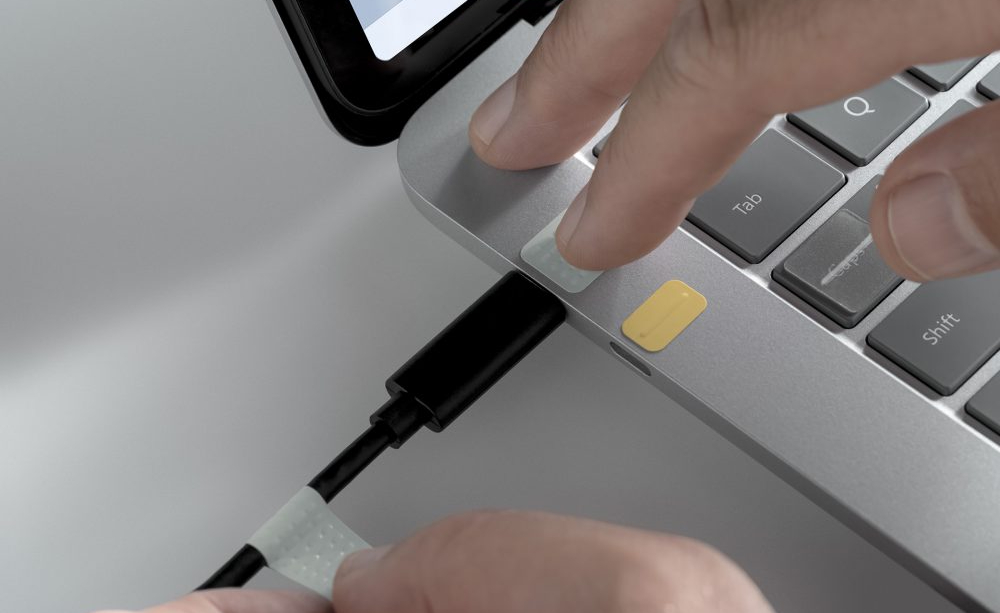
The new Microsoft Surface Adaptive Kit is a modest but massively important accessory in terms of more accessible technology. As laptops get slimmer, there’s less and less space for tactile elements that help the visually impaired navigate their way around a keyboard. The touchscreen revolution is all very well, but the lack of haptic feedback means that the visually impaired remain devoted to the familiarity of the conventional keys.
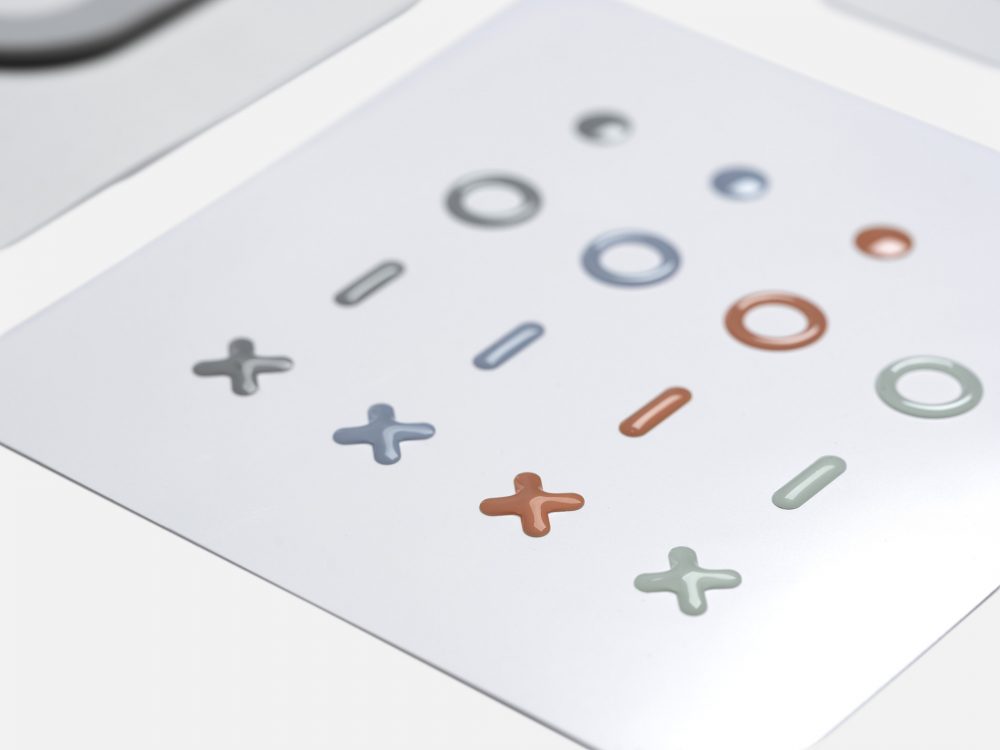
We spoke to Microsoft’s Bryce Johnson, an accessibility researcher for Microsoft Devices, and the co-inventor of the Xbox Adaptive Controller, about the steps the company is taking to make its devices more open to everyone. ‘The genesis of the Adaptive Kit was when we were visiting a hospital in early 2020,’ he says. ‘Kris Hunter, who leads our team, saw that people had problems opening laptops, which led to us looking into these labels and tags.’
Johnson explains that implementing small changes can have big repercussions, as the team discovered with developing the Surface Laptop range. ‘Back on Surface Laptop Three, we added tactile indicators to the F4 and F8 keys – just tiny little bumps. We did this because we kept hearing blind people tell us that they couldn't find the keys. A traditional desktop keyboard has a gap between F4 and F5 and F8, which gives blind people a tactile direction – it’s like wayfinding.’
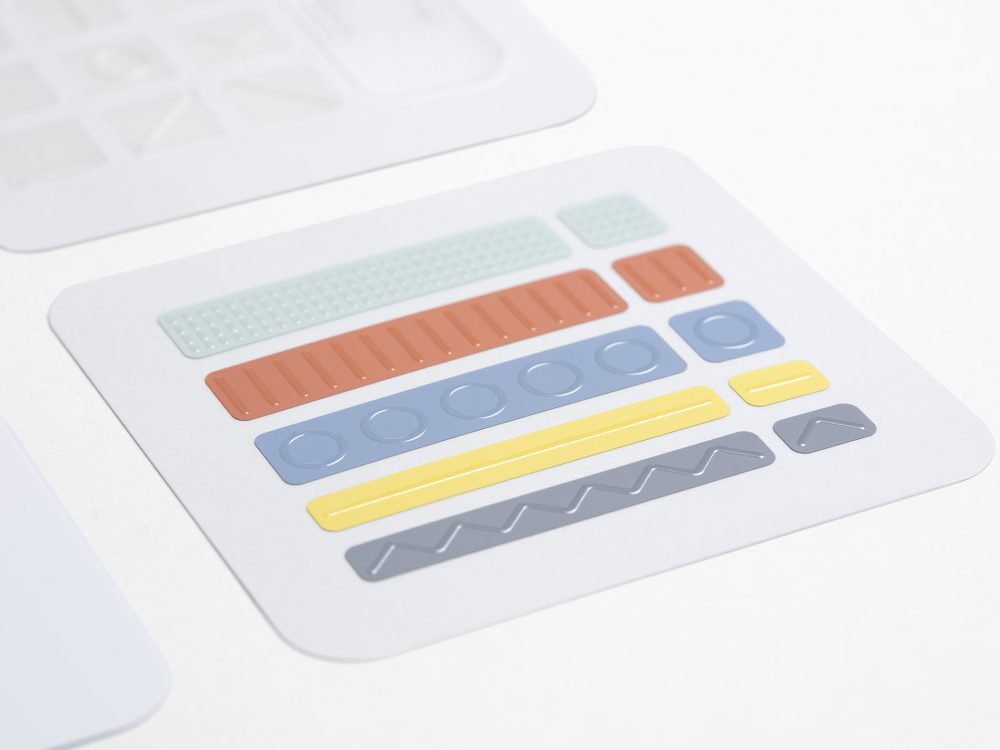
This approach has been translated into other hardware devices, including the port outputs on the Xbox Series X. What was missing was an element of customisation.
‘I was visiting the Canadian government’s accessibility department, where I talked to one of the deputy ministers,’ Johnson continues. ‘She had put a glue dot on her F7 key, and I asked her why there and not on F8 like traditional keyboards. She said that F7 was the shortcut for spell check. This made us realise that there was a need for customising your devices.’
Simple approach to inclusive, accessible technology
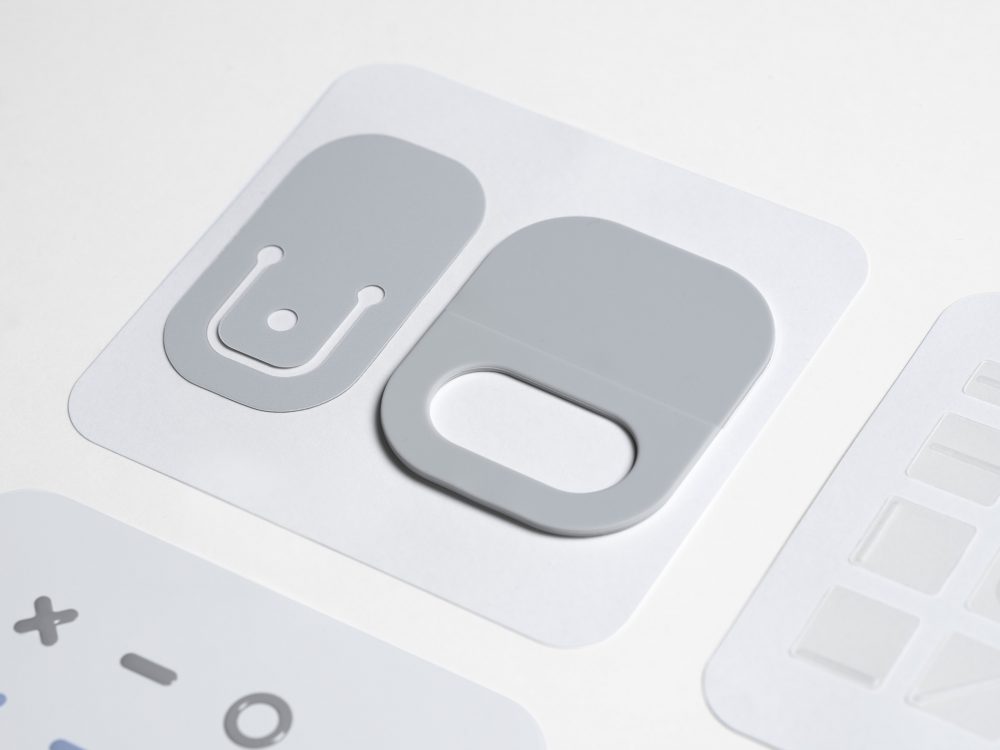
Microsoft’s approach is a departure from the prescriptive nature of certain technology companies, for whom the purity of design vision comes first and foremost. Johnson refers to it as the company’s ‘inclusive design methodology’.
‘We still have this idea today that when designing for seven billion people, you start with designing for one,’ he says, ‘This approach started out with software, and it’s very easy to think about how software can be malleable. It was meant to be able to fit a user.’
Receive our daily digest of inspiration, escapism and design stories from around the world direct to your inbox.

Translating these ideals into hardware has involved a mix of industrial design and practical, low-cost methods. The Microsoft Surface Adaptive Kit is very much the latter. Comprising a modestly packaged set of three-dimensional bump labels, keycap labels, port indicators and an opener support (to make devices easier to open), it’s an unashamedly low-tech solution.
‘I think when you work in the field of accessibility – especially in technology – that simple, pragmatic solutions are often the ones that big tech companies overlook,’ Johnson says.

The Adaptive Kit is part of Microsoft’s wide-ranging strategy to accommodate all levels of ability. ‘We’re trying to make the hardware ecosystems rich and adaptable, so that you can find the solution that fits you,’ Johnson says.
‘There's an expression that you'll see in the disability community – a ‘disability dongle’ – where some well-meaning tech person decides to redesign the world to make someone's life easier. For example, a wheelchair that walks up stairs. Whereas most wheelchair users would be like, well, why don’t you just give me a ramp?’
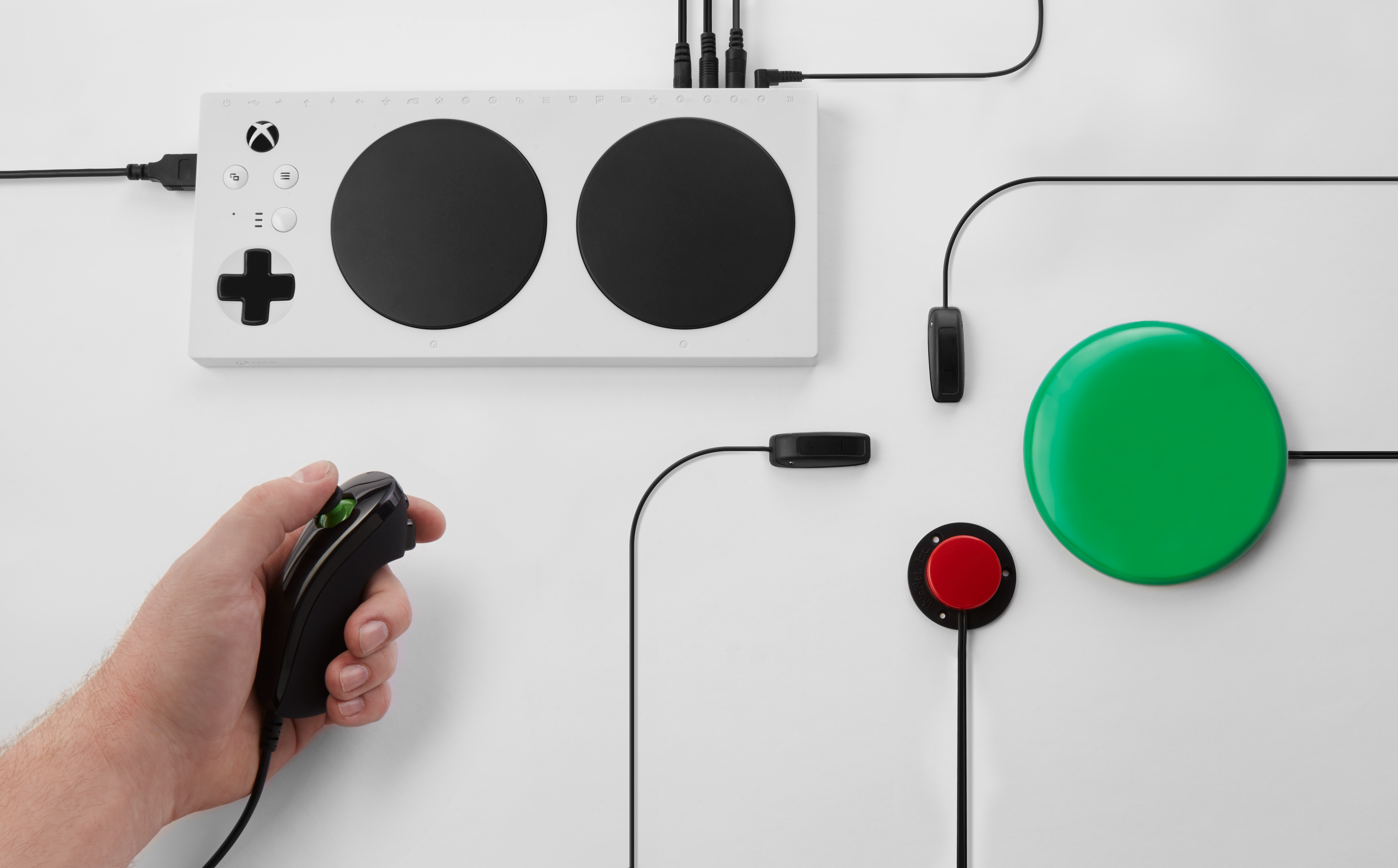
There are exceptions. Back in 2016, Johnson was part of the team that developed what would become the Xbox Adaptive Controller. ‘We still learn a lot from it,’ he says of the ultra-flexible hub that can transform the abilities of disabled gamers, with its completely redefinable controls. According to the company, nearly 400 million players have disabilities, as do many more people who need to use computers for work and life.
Johnson and his colleagues acknowledge there’s still more to do. ‘One of the areas that we want to think about in hardware is the effects of neurodiversity,’ he says. ‘We also wanted to put something that was “form fit” for our devices – I've seen way too many people glue things onto laptops to get what they need. We have to fight this false notion that people with disabilities don't want high design.
INFORMATION
Microsoft Surface Adaptive Kit, £14.99
Jonathan Bell has written for Wallpaper* magazine since 1999, covering everything from architecture and transport design to books, tech and graphic design. He is now the magazine’s Transport and Technology Editor. Jonathan has written and edited 15 books, including Concept Car Design, 21st Century House, and The New Modern House. He is also the host of Wallpaper’s first podcast.
-
 New York's members-only boom shows no sign of stopping — and it's about to get even more niche
New York's members-only boom shows no sign of stopping — and it's about to get even more nicheFrom bathing clubs to listening bars, gatekeeping is back in a big way. Here's what's driving the wave of exclusivity
-
 The diverse world of Belgian embassy design – 'style and class without exaggeration'
The diverse world of Belgian embassy design – 'style and class without exaggeration''Building for Belgium: Belgian Embassies in a Globalising World' offers a deep dive into the architecture representing the country across the globe – bringing context to diplomatic architecture
-
 Pull up a bespoke pew at Milan’s new luxury perfumery Satinine, an homage to the city’s entryways
Pull up a bespoke pew at Milan’s new luxury perfumery Satinine, an homage to the city’s entrywaysDesigner Mara Bragagnolo fuses art deco details to bring storied Milanese fragrance brand Satinine into the 21st century